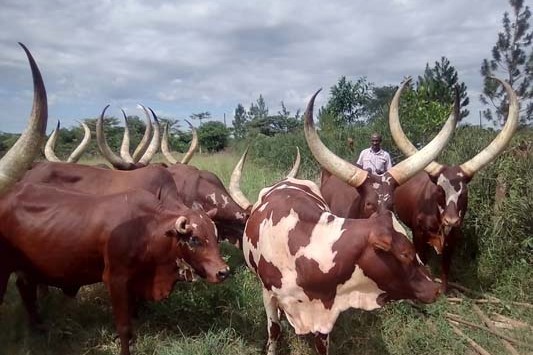By Karen Trebilcock
Having greenhouse gas (GHG) emissions calculated onfarm under He Waka Eka Noa will not only provide farmers with a fairer way of paying for emissions but will drive continuing research and implementation into ways to lower them.
Session Four speakers of the 34th annual Farmed Landscapes Research Centre Workshop, held in February by webinar due to Covid-19 government restrictions, grappled with the options which farmers can give feedback on by the end of March.
Speakers pointed out the processor-level NZ ETS would affect different farming operations unevenly as not all sent produce to processors.
As well, the processor levies would be a “blunt tool” which would not recognise what farmers were doing to lower GHG emissions. However, administration costs for the processor levy system are estimated at $10 million per annum while other options, where farmers claim rebates due to utilising GHG mitigation tools, are as high as $90 million.
Farmers would also be required to do more auditing of their farm systems, which may require consultants to complete.
But conference speakers pressed for farmers to vote for carbon sequestration to be recognised as well as GHG targets they could work towards using a variety of tools, many yet to be found.
Livestock GHG Research Consortium manager Mark Aspin, based at Beef + Lamb New Zealand, said so far the only mitigation tool available to farmers to lower GHGs which was suitable for widespread adoption were urease inhibitors with feed additives for ruminants likely to be brought into the mix shortly.
“Some of these tools will take time to work once they are available such as lower emission sheep genetics.”
The tools must have a neutral or enhanced impact on animal and/or pasture productivity, animal health and welfare, the environment, food safety and product qualities as well as keeping our market access open and customers happy.
They must also have the capability and capacity to be delivered onfarm and be measured as part of a farm’s GHG accounting. Mitigation solutions which fitted farm systems, were economically viable and were efficient, and would be the game-changers.
“When we’re talking about efficiency, we mean the potential to reach all emission sources, how much it will reduce emissions by and our confidence in them – how sound and relevant is the evidence that they work?
“There is also the time it’s going to take to make the tool adoptable and are there veto or red flag issues stopping its use.”
It was only if farmers were rewarded for lowering GHGs that enough investment would be pushed into these tools to allow early adoption, he said. A possible model of recognising carbon sequestration using vegetation currently outside of the ETS such as riparian plantings and shelterbelts was outlined by AgFirst Manawatu- Whanganui’s Erica van Reenen. Using 2008 as a baseline year, which is the first year with good satellite imagery of rural New Zealand, plantings of native vegetation more than one metre wide could be shown to offset GHGs and be rewarded.
“Areas of native trees planted prior to 2008 could still be included if they were shown to be actively managed such as by stock exclusion,” she said.
Non-native plantings that did not fall under the ETS could also be included until they reached maturity and no longer sequestered carbon.
So far it’s estimated more than 60% of farmers know their GHG number and 23% have a written plan to reduce them.
“I get asked a lot ‘what should farmers be doing now?’ and the answer is to know your GHG emissions and benchmark them,” New Zealand Agricultural Greenhouse Gas Centre outreach manager Laura Kearney said during the session.
All farmers are required to know their GHGs by the end of this year. Online free calculators are available on a variety of producer group websites.
“There are a lot of strategies for farmers to lower emissions such as land-use changes but there are implications on profitability and the environment that have to be thought through,” she said.
“If you document your GHGs now then you can show if your practices are reducing them.”





